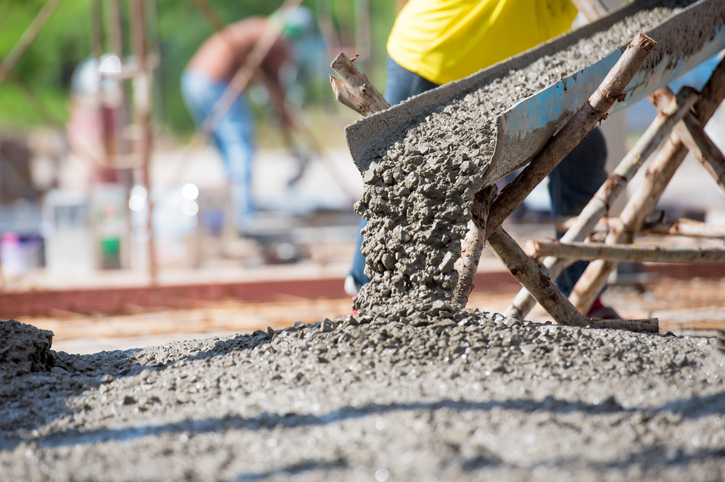

This project was the second phase of parks implementation outlined in the District's Parks Master Plan, which was completed by EHRA in 2007. Utilizing the site of a recently demolished former wastewater treatment plant provided an opportunity to create a passive park space for District residents.
EHRA planners, hydrologists and landscape architects worked together to propose an alternative use for the space, re-developing the basin into an amenity pond. EHRA carefully selected native plant materials for both their ability to survive in the harsh conditions of the basin as well as providing filtration for improved storm water quality.
In 2006, Caldwell Companies sought to create Towne Lake as a community where residents and services could be connected by water. Their vision included boat docks and marinas augmenting traditional walking trails to navigate a vibrant residential community. EHRA was the perfect partner to take Caldwell Companies’ vision and create this livable suburban oasis.
EHRA completed a site-specific planning and visioning study for the proposed 470-acre San Jacinto Boulevard District (SJBD) in Baytown, Texas.
The purpose of this project was to convert the existing at-grade crossing of Brazoria County Road 56 (CR 56) and State Highway 288 (SH 288) into a diamond interchange that includes a new overpass bridge and providing access to the newly developed Meridiana Development. Coordination with TXDOT, area landowners, utility companies, and Brazoria County was integral in obtaining approval and acceptance of the project. The main design challenge for this project was to accommodate double intersections on the west side of SH 288 to tie into existing access roads with two-way traffic and a new southbound on-ramp within a close proximity. EHRA coordinated with TxDOT throughout the project from preliminary concepts for the intersection and bridge through final design and construction. Each component of this project was designed in accordance with TxDOT standards and criteria.
Rice University engineers have developed a composite binder made primarily of fly ash, a byproduct of coal-fired power plants, that can replace Portland cement in concrete. The material is cementless and environmentally friendly, according to Rice materials scientist Rouzbeh Shahsavari, who developed it with graduate student Sung Hoon Hwang. Fly ash binder does not require the high-temperature processing of Portland cement, yet tests showed it has the same compressive strength after seven days of curing. It also requires only a small fraction of the sodium-based activation chemicals used to harden Portland cement.
The results are reported in the Journal of the American Ceramic Society.
More than 20 billion tons of concrete are produced around the world every year in a manufacturing process that contributes 5 to 10 percent of carbon dioxide to global emissions, surpassed only by transportation and energy as the largest producers of the greenhouse gas. Manufacturers often use a small amount of silicon- and aluminum-rich fly ash as a supplement to Portland cement in concrete. "The industry typically mixes 5 to 20 percent fly ash into cement to make it green, but a significant portion of the mix is still cement," said Shahsavari, an assistant professor of civil and environmental engineering and of materials science and nanoengineering. Previous attempts to entirely replace Portland cement with a fly ash compound required large amounts of expensive sodium-based activators that negate the environmental benefits, he said. "And in the end it was more expensive than cement," he said. The researchers used Taguchi analysis, a statistical method developed to narrow the large phase space -- all the possible states -- of a chemical composition, followed by computational optimization to identify the best mixing strategies. This greatly improved the structural and mechanical qualities of the synthesized composites, Shahsavari said, and led to an optimal balance of calcium-rich fly ash, nanosilica and calcium oxide with less than 5 percent of a sodium-based activator.
Source: Rice University/Science Daily
